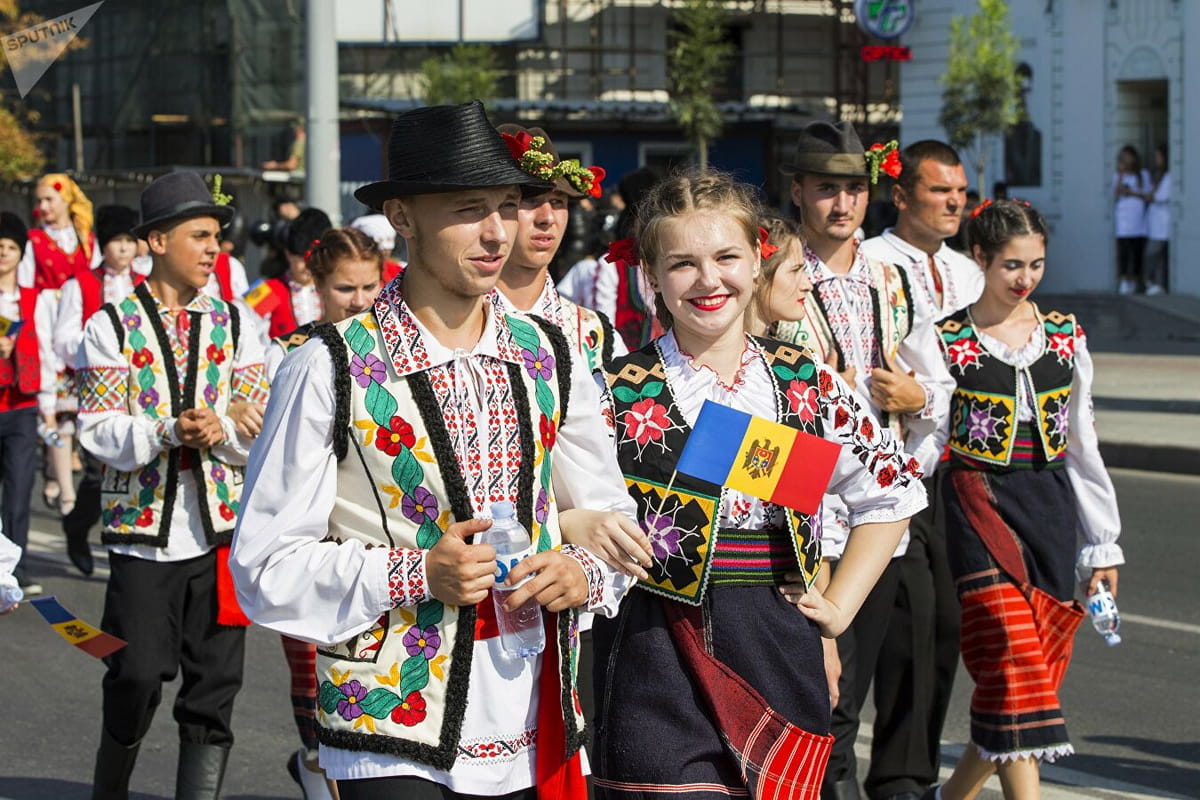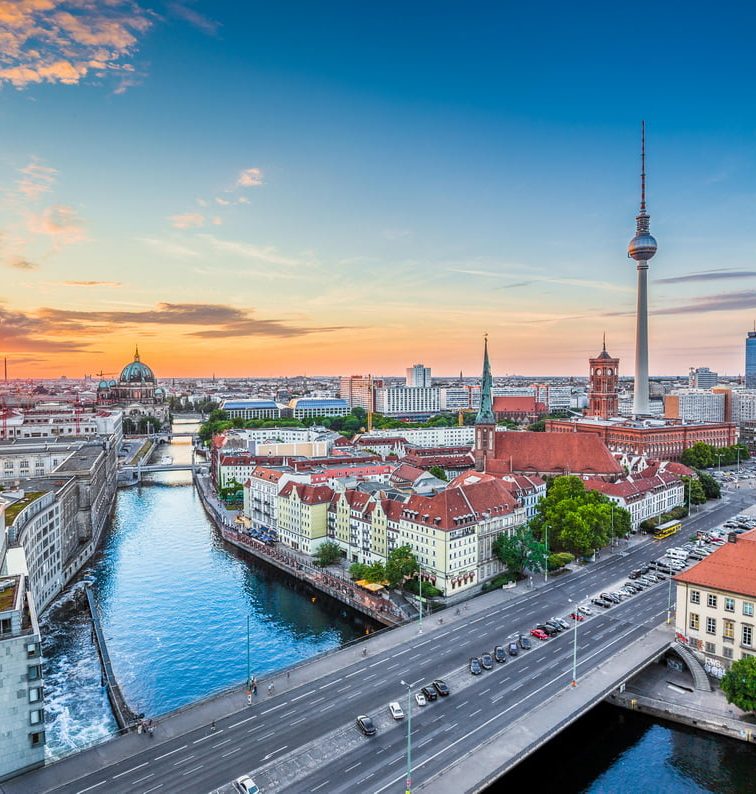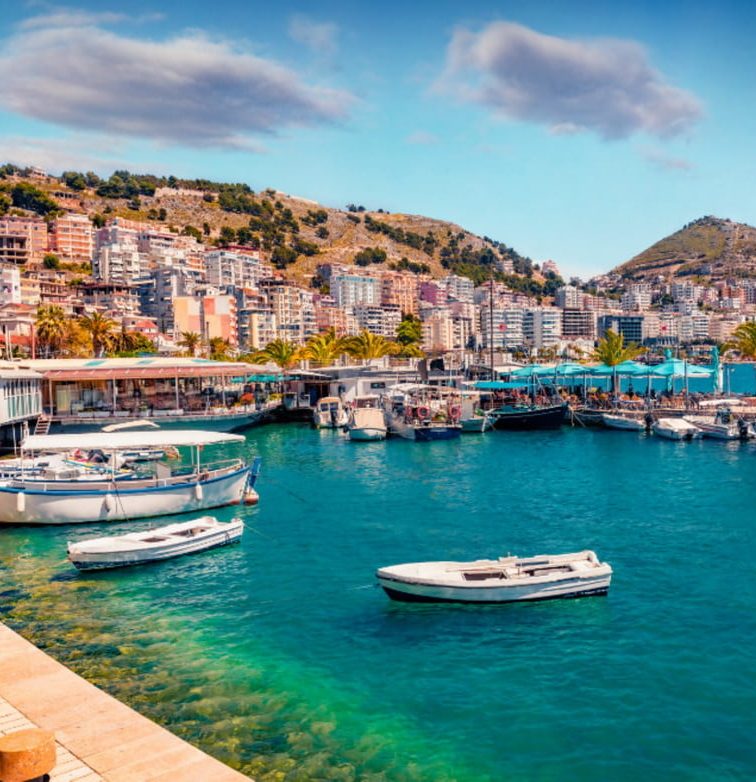Moldova, a small yet fascinating country in Eastern Europe, surprises with its unique blend of history and innovation. From its world-renowned wine cellars to the technological advancements emerging from its IT parks, Moldova is a place where tradition meets modernity. Its diverse landscape, rich cultural heritage, and the resilience of its people make it an intriguing destination.
Discover the unexpected and engaging fun facts about Moldova, revealing a nation full of surprises and hidden treasures.
1. Moldova’s Wine Cellars: Among the World’s Largest
Moldova’s Mileștii Mici, entered into the Guinness World Records, is a testament to the country’s winemaking legacy. Created in the 19th century limestone mines, the cellar’s optimal conditions have allowed for the storage of over 2 million wine bottles.
Mileștii Mici’s longest tunnel stretches 250 km, making it a historical and enological wonder.
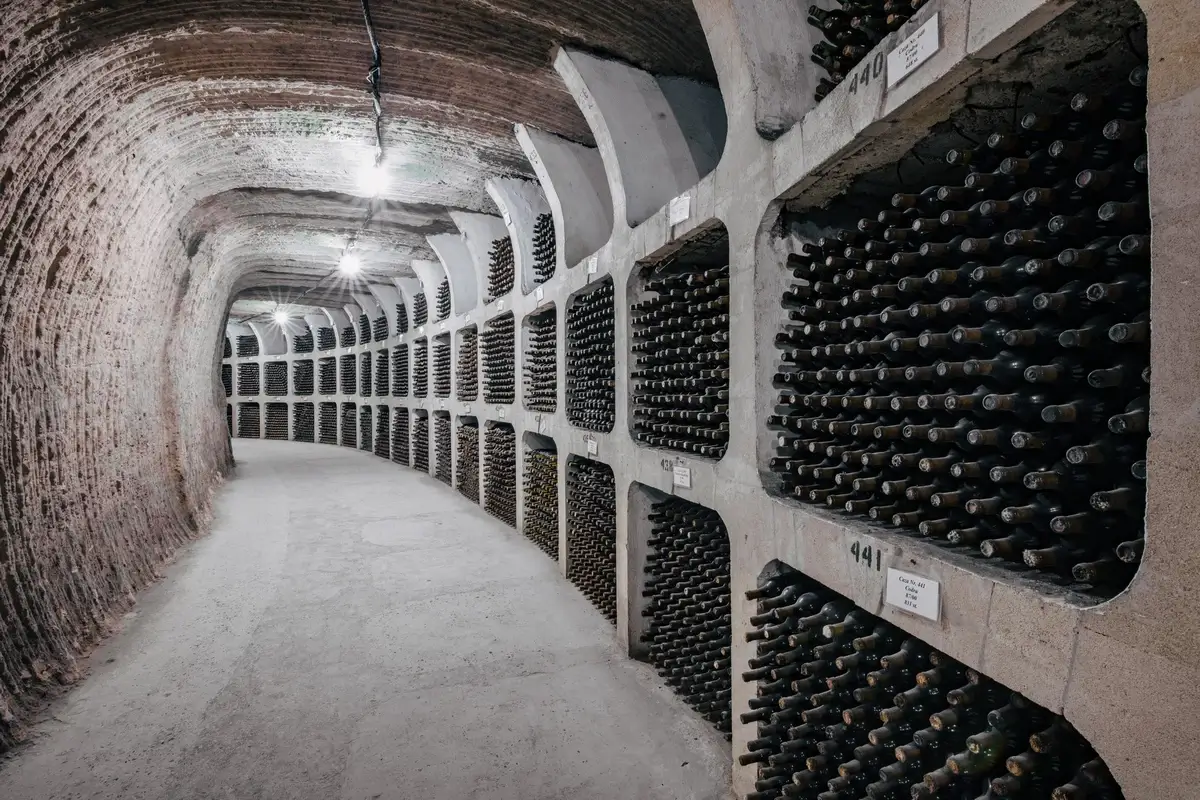
Image: Wine Travel Awards
2. Moldova’s Unique Underground Ecosystem: Emil Racoviță Cave
Moldova is home to the Emil Racoviță Cave, one of the largest gypsum caves in the world. Named after the famous Romanian biologist and speleologist Emil Racoviță, the cave extends over 89 kilometers, offering a unique underground ecosystem. Discovered in 1959, this cave system is known for its complex labyrinth of tunnels and impressive geological formations.
The Emil Racoviță Cave has become a significant site for biological and geological research, providing insights into subterranean biodiversity and speleological studies. This natural wonder underscores Moldova’s geological diversity and its role in scientific exploration.
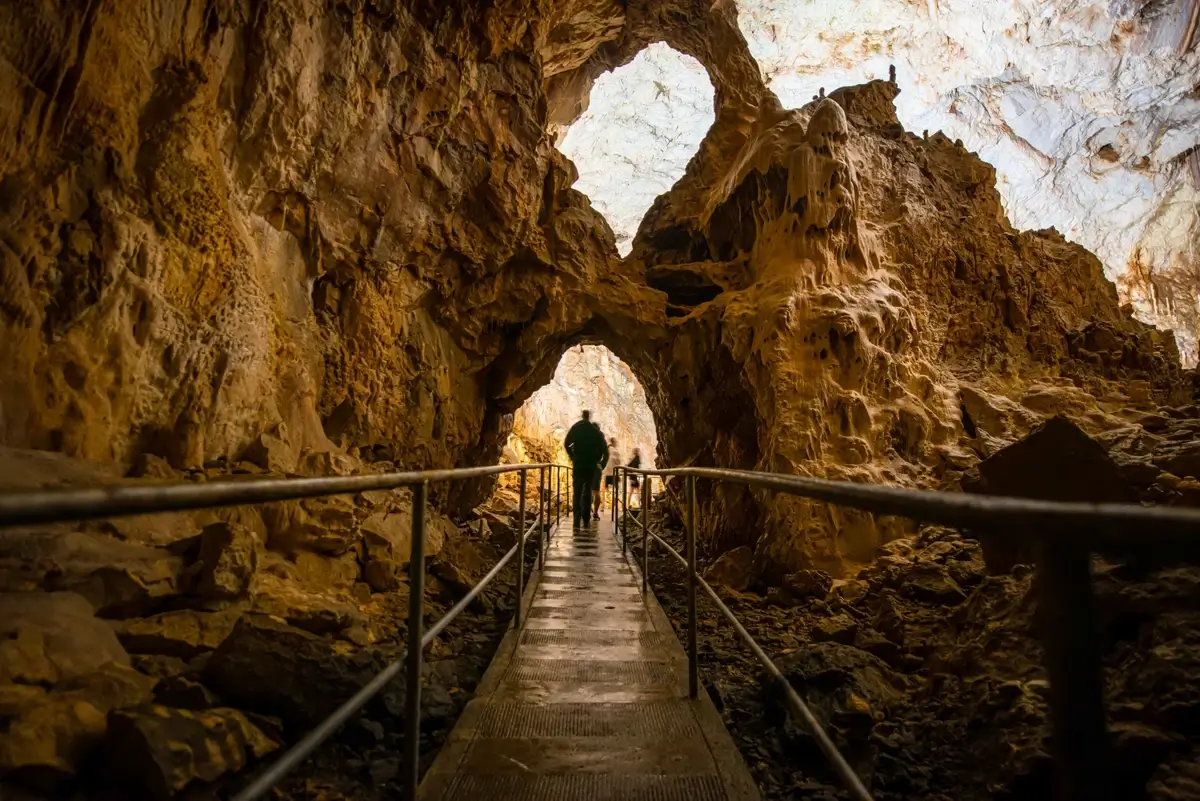
Image: pesteraursilor.ro
3. Moldova’s Unique Script: Latin Meets Cyrillic
Moldova’s script is a fascinating amalgamation of its history. Post-1991 independence saw a shift from Cyrillic to Latin script for the Romanian language. However, in regions like Transnistria, Cyrillic is still prevalent.
This linguistic duality reflects Moldova’s East-West cultural fusion and complex political history.
4. Moldova’s Capital: The City of Contrasts
Chisinau, with a history dating back to 1436, presents an architectural timeline of Moldova’s past. The city contrasts stark Soviet-era buildings, like the massive House of Soviets, with modern European designs.
This blend of architectural styles narrates the city’s transformation through various historical periods, embodying its resilient and adaptive character.

Image: diez.md
5. A Land of Millennia-Old Archaeological Sites
Moldova is a treasure trove of archaeological sites, dating back thousands of years. The Orheiul Vechi complex stands out, showcasing a mix of ancient civilizations from the Dacians to the Mongols. This site includes a 2,000-year-old fortification and a 13th-century cave monastery, illustrating Moldova’s rich historical tapestry.
These sites provide invaluable insights into the early human settlements and the diverse cultures that have shaped Moldova’s history.
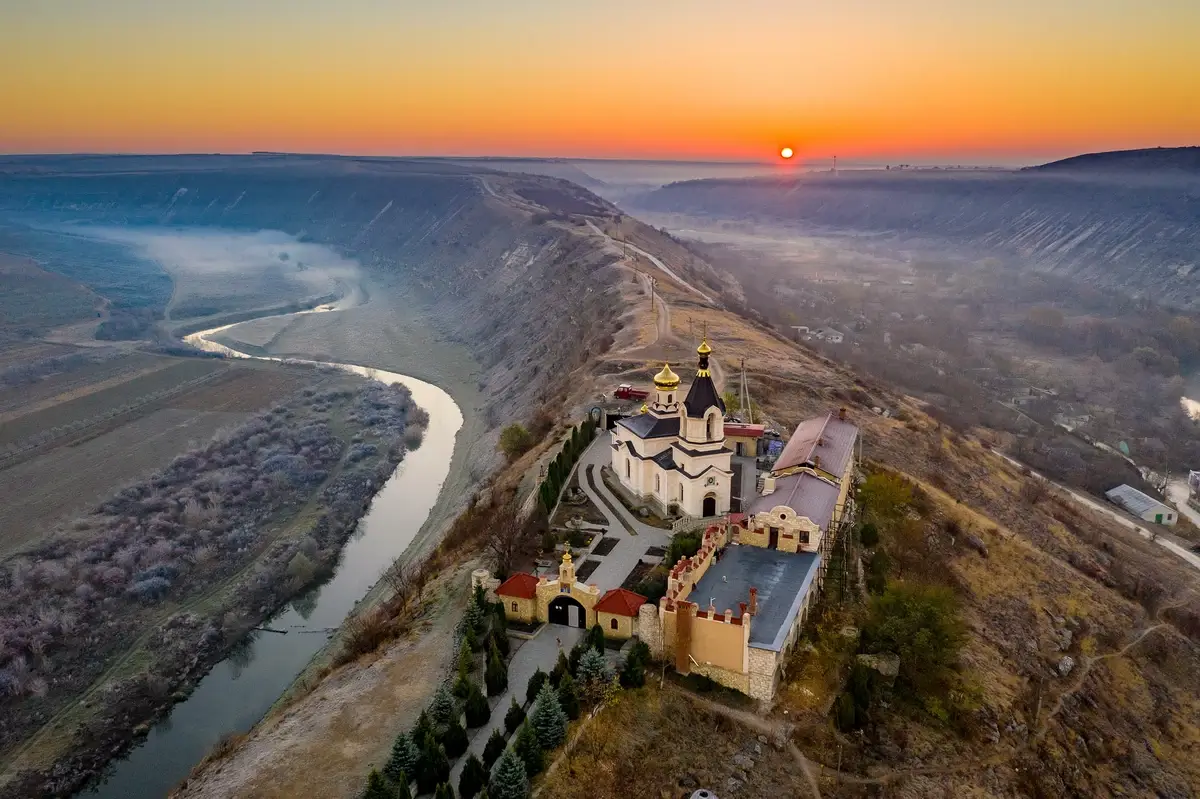
Image: travelwithasmile.net
6. Stephen the Great: Moldova’s Legendary Hero
Stephen the Great, ruling from 1457 to 1504, is a national hero in Moldova. Known for his resistance against the Ottoman Empire, he led Moldova through 36 victorious battles, fortifying the country’s independence and cultural identity.
His legacy is immortalized in numerous monuments and the iconic Stephen the Great Monument in Chisinau. His reign is celebrated for strengthening Moldovan culture, orthodoxy, and sovereignty.
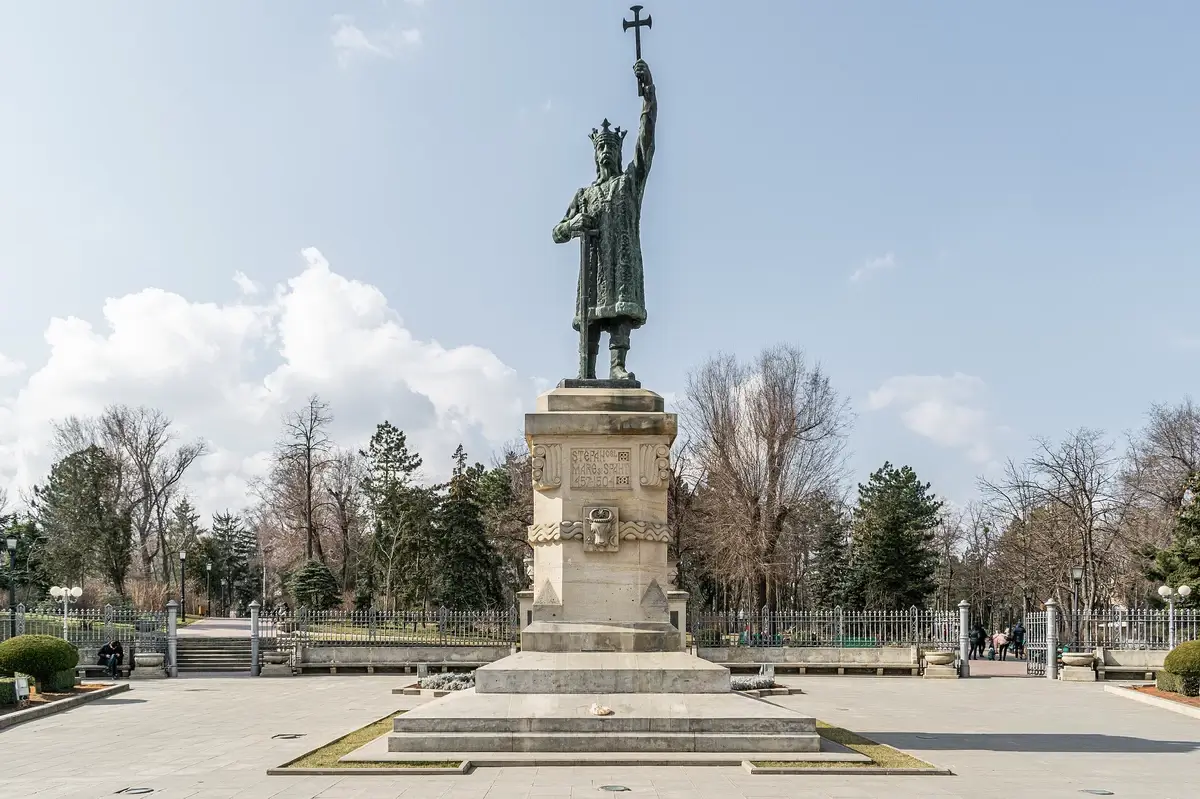
Image: Wikimedia Commons
7. A Rich Tapestry of Folk Music and Dance
Moldova’s cultural heritage is deeply rooted in its folk music and dance. Traditional music, characterized by lively melodies and rhythms, is typically performed with instruments like the cimbalom, accordion, and flute. The Hora, a circular dance symbolizing unity, is a staple in Moldovan celebrations.
These art forms reflect the social and historical narrative of the Moldovan people, preserving their cultural identity through generations.
8. Moldova’s Diverse Climate: From Sun to Snow
Moldova experiences a continental climate, marked by hot summers and cold winters. This diversity in weather patterns contributes to its rich agricultural and viticultural heritage. The warm summers provide ideal conditions for grape cultivation, essential for Moldova’s wine industry, while the snowy winters create picturesque landscapes, especially in rural areas.
This climatic diversity plays a crucial role in shaping the natural beauty and agricultural productivity of the country.
9. Moldovan Cuisine: A Culinary Melting Pot
Moldovan cuisine is a blend of Balkan, Russian, and Turkish influences, creating a unique gastronomic experience. Traditional dishes like Mămăligă (cornmeal porridge), Sarmale (cabbage rolls), and Plăcintă (a type of pastry) highlight the fusion of these culinary traditions.
The use of fresh, locally-sourced ingredients is a hallmark of Moldovan cooking, reflecting the country’s rich agricultural resources. This diverse cuisine not only tantalizes taste buds but also tells the story of Moldova’s cultural intersections.

Sarmale (cabbage rolls). Image: 4cchemp.com
10. The Secret Soviet City: Tiraspol’s Untold Story
Tiraspol, the capital of the unrecognized Transnistria region, remains a living relic of the Soviet era. Established in 1792, the city today showcases monuments and architecture reminiscent of the USSR. Notably, it houses one of the few remaining statues of Lenin.
Tiraspol’s existence as a self-proclaimed independent state since 1990, following the dissolution of the Soviet Union, makes it a unique case study in post-Soviet geopolitics. The city’s blend of Soviet heritage and contemporary struggles provides a rare glimpse into a bygone era.
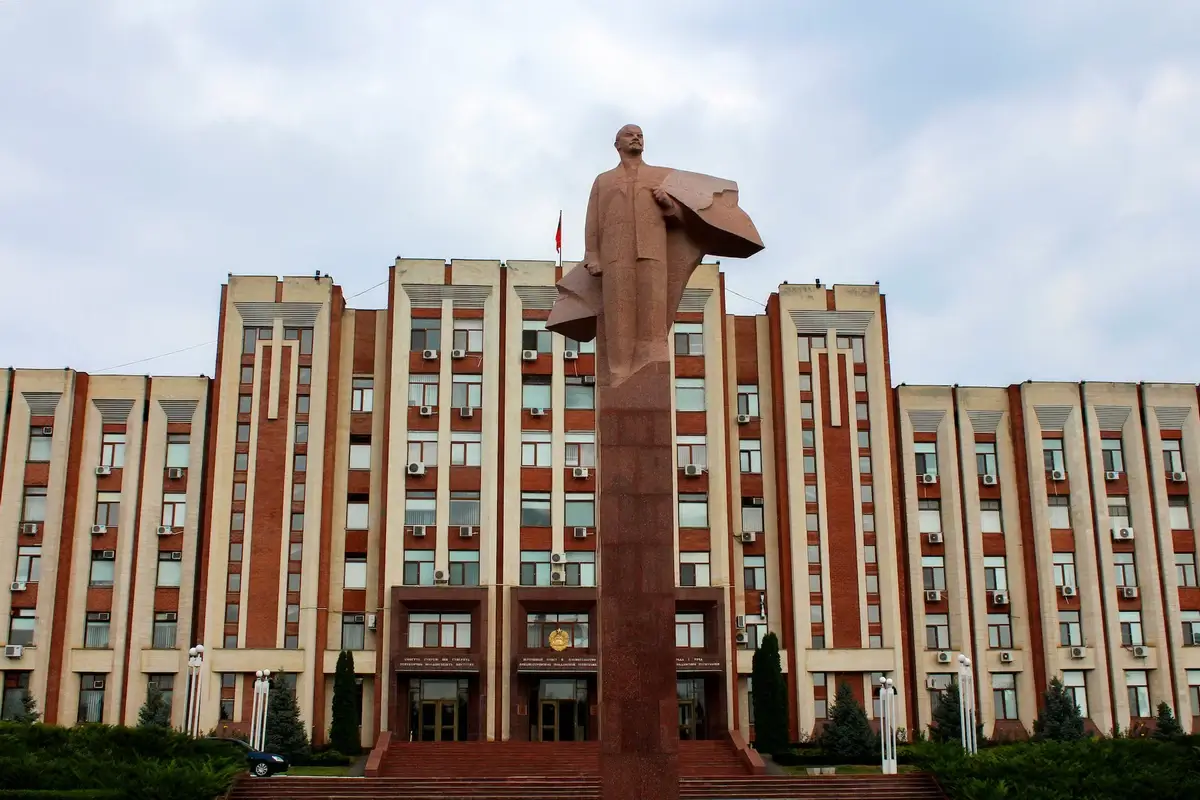
Image: monumentalism.net
11. Moldova’s Struggle for Independence: A Brief History
Moldova’s road to independence was tumultuous. After centuries under Ottoman and Russian rule, it briefly gained autonomy in 1918 before becoming part of Romania and, later, the Soviet Union. The push for independence gained momentum in the late 1980s, culminating in sovereignty on August 27, 1991, following the Soviet Union’s collapse.
This newfound independence marked a significant turning point in Moldova’s history, heralding a period of political and economic transformation while grappling with challenges like the Transnistria conflict.
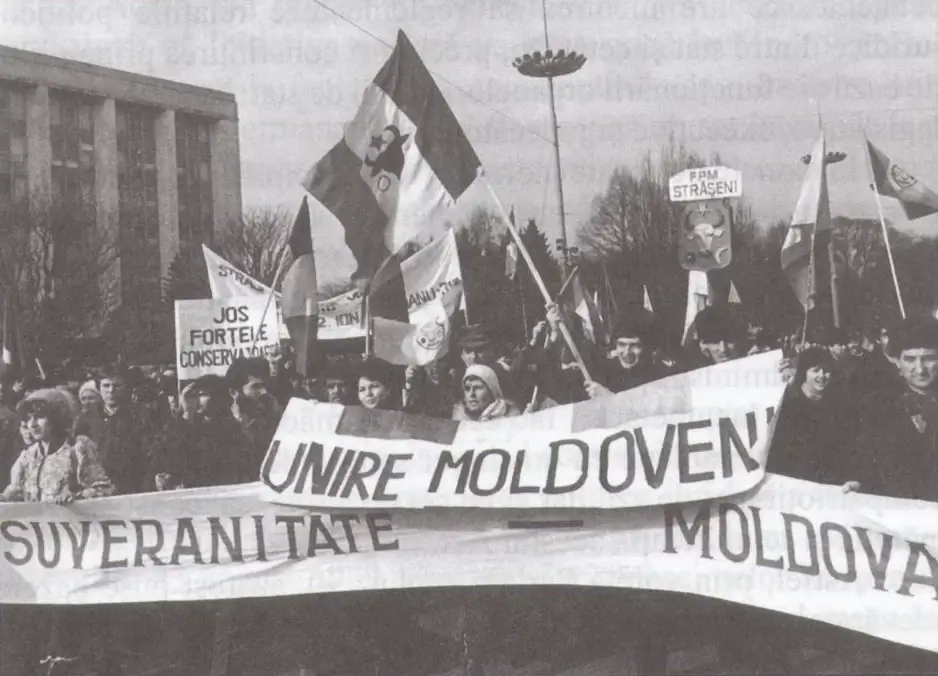
Image: Moldova.org
12. Europe’s Least Visited Country: A Hidden Gem
Despite its rich culture and history, Moldova remains Europe’s least visited country. This hidden gem offers untouched natural landscapes, historic monasteries, and the world-renowned wine regions of Codru and Nistreana.
The country’s off-the-beaten-path charm and lack of tourist crowds make it an ideal destination for travelers seeking authentic experiences. Moldova’s low tourist numbers are not reflective of its offerings but rather its undiscovered status in the global tourism landscape.
13. The World’s Smallest Military: Moldova’s Defense Force
Moldova’s military, one of the smallest in the world, reflects its policy of neutrality. Established post-independence, the Moldovan Armed Forces consist of around 7,500 active personnel, focusing primarily on defense and peacekeeping.
Moldova’s participation in international peacekeeping missions underscores its commitment to global stability despite its limited military capacity. This approach aligns with its strategic position and diplomatic relations in the region.
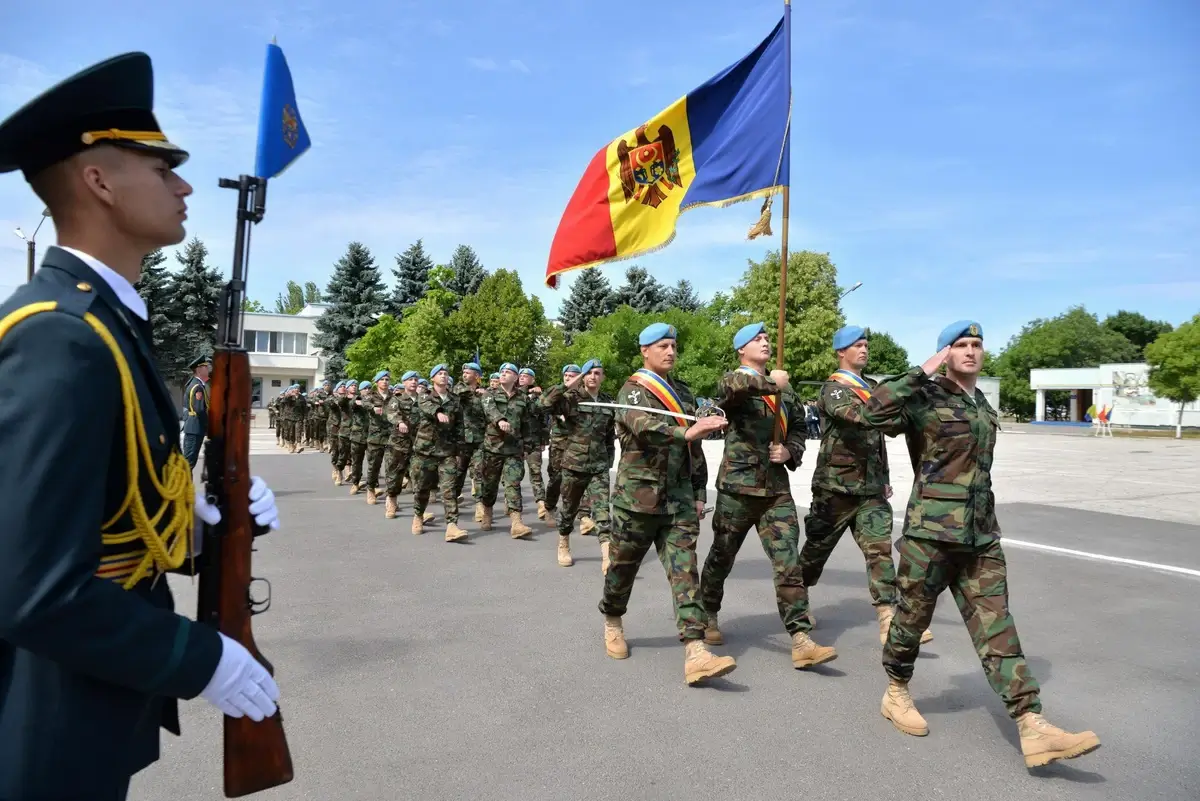
Image: tv8.md
14. Moldova’s Linguistic Puzzle: More Than Just Romanian
Moldova’s linguistic landscape is intriguing. While Romanian is the official language, Russian, Ukrainian, Gagauz, and Bulgarian are also widely spoken. This multilingualism stems from Moldova’s varied historical influences and ethnic diversity.
The use of the Latin script for Romanian and Cyrillic for other languages exemplifies the country’s East-West cultural blend. Language in Moldova is not just a means of communication but a reflection of its complex cultural tapestry.
15. The Annual ‘Martisor’ Festival: A Colorful Tradition
The ‘Martisor’ festival, celebrated on March 1st, is a cherished tradition in Moldova. This spring festival symbolizes rebirth and renewal. People exchange ‘martisoare’, small adornments tied with red and white threads, signifying love and appreciation.
The tradition, believed to have Dacian origins, has evolved over centuries, integrating various cultural influences. Today, it’s a vibrant expression of Moldovan folklore, bringing communities together in a festive celebration of spring.
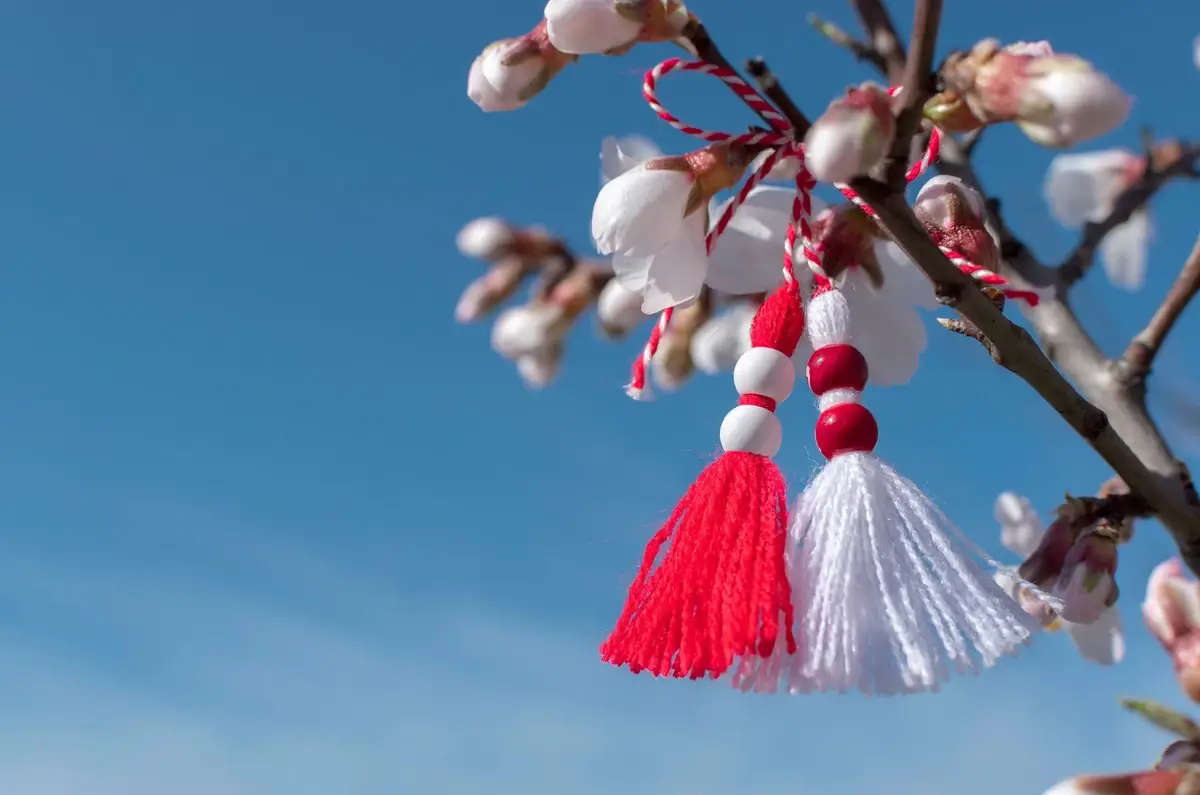
Image: acupunctuur-heiloo.nl
16. Soroca Fortress: A Historical Landmark
Soroca Fortress, built in the 15th century on the Dniester River, is a testament to Moldova’s medieval military architecture. Initially constructed of wood under Stephen the Great, it was later rebuilt in stone to defend against Ottoman invasions.
This fortress is a symbol of Moldovan resilience and strategic ingenuity, playing a crucial role in the region’s defense throughout history. Today, it stands as a well-preserved historical monument, attracting visitors interested in Moldova’s rich past.

Image: Wikimedia Commons
17. Moldova’s Rare Flora and Fauna
Moldova’s diverse ecosystems are home to a variety of rare flora and fauna. The country’s forests, steppes, and river valleys support species like the European bison, steppe marmot, and various birds of prey.
Moldova’s conservation efforts focus on protecting these unique species and their habitats, particularly in natural reserves like the Lower Prut and Padurea Domneasca. These efforts highlight the country’s commitment to preserving its natural heritage.
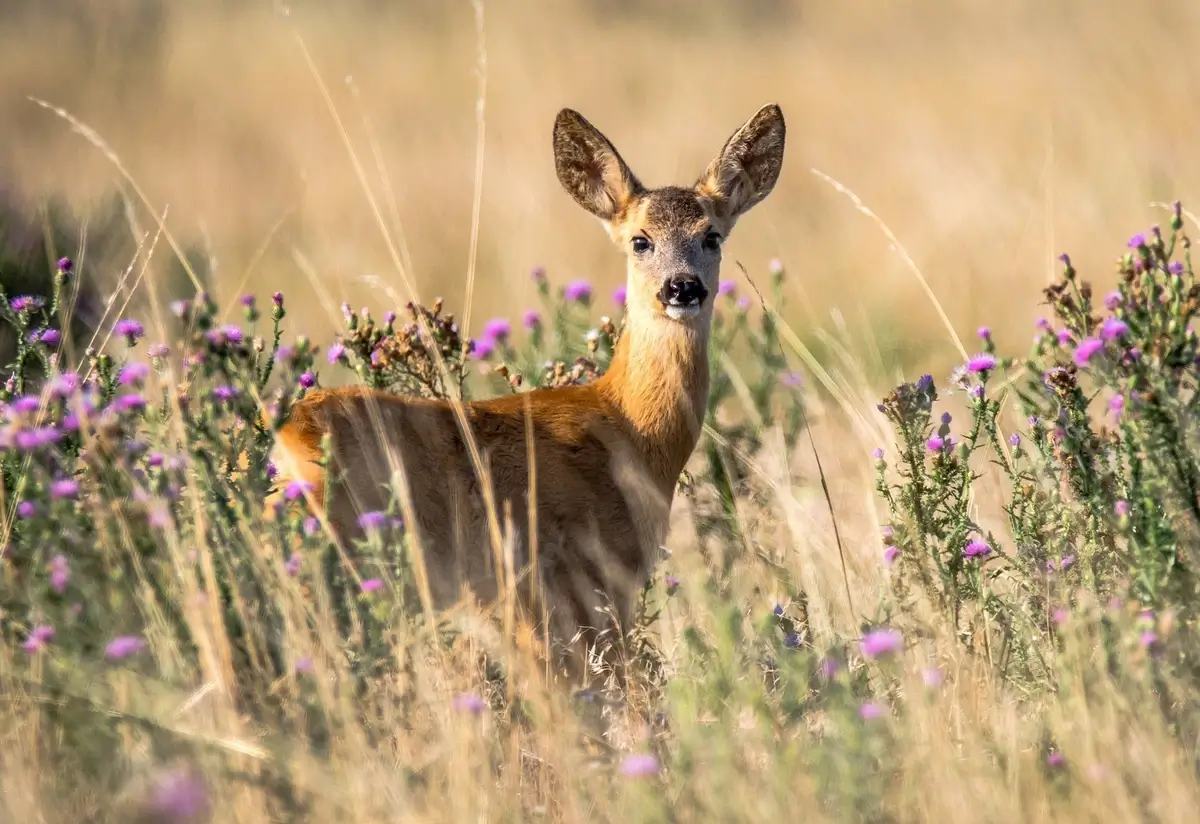
Image: UN Biodiversity Lab
18. The Unique Moldovan Carpets: An Artistic Legacy
Moldovan carpets are renowned for their distinctive designs and vibrant colors, reflecting a rich tradition of craftsmanship. These hand-woven carpets often feature floral and geometric patterns, each telling a story or symbolizing a local legend.
This art form, passed down through generations, represents a significant aspect of Moldovan cultural identity. The uniqueness of these carpets lies not only in their aesthetic appeal but also in their representation of the country’s artistic heritage.
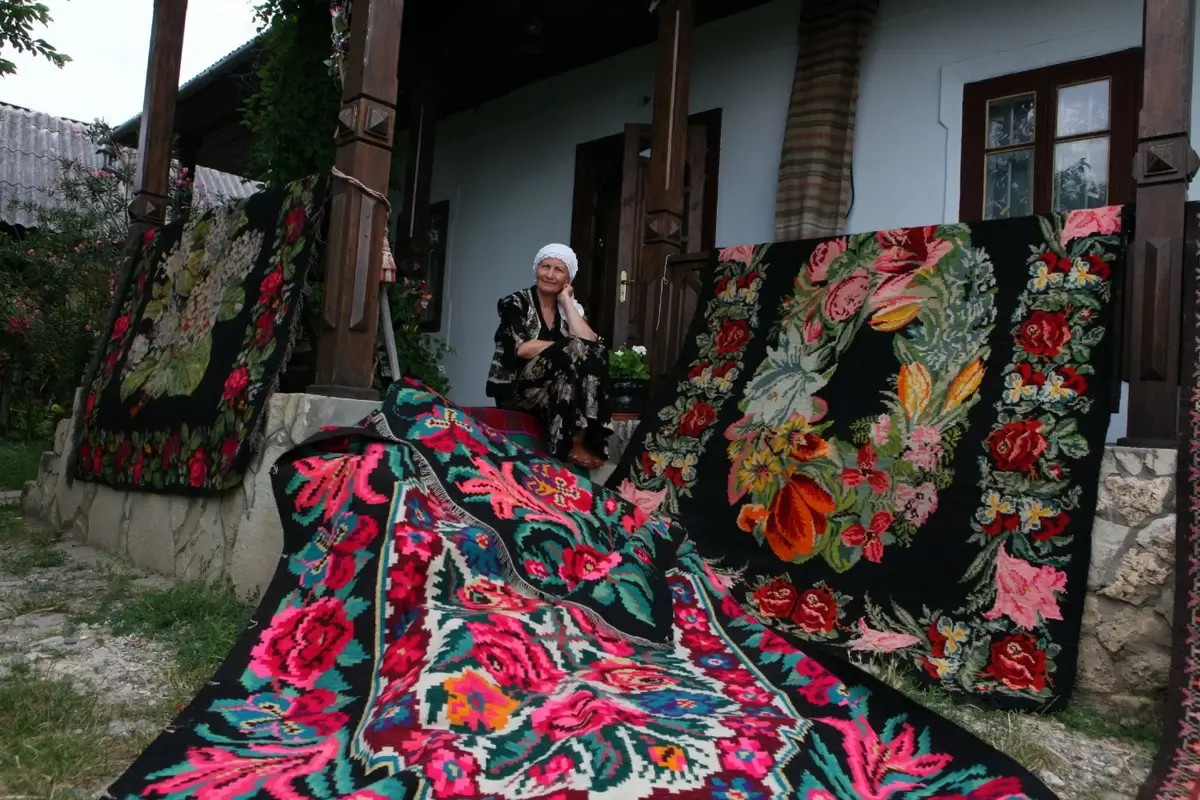
Image: splendid-magazine.md
19. Moldova’s Orthodox Monasteries: Spiritual Havens
Moldova’s Orthodox monasteries are emblematic of the country’s spiritual and architectural heritage. These monasteries, such as the Căpriana and Hâncu, are nestled in serene natural settings, offering a glimpse into the religious devotion and artistry of the past.
Their frescoes, icons, and architecture reflect centuries of religious tradition and artistic evolution. These monasteries not only serve as places of worship but also as custodians of Moldovan religious art and history.
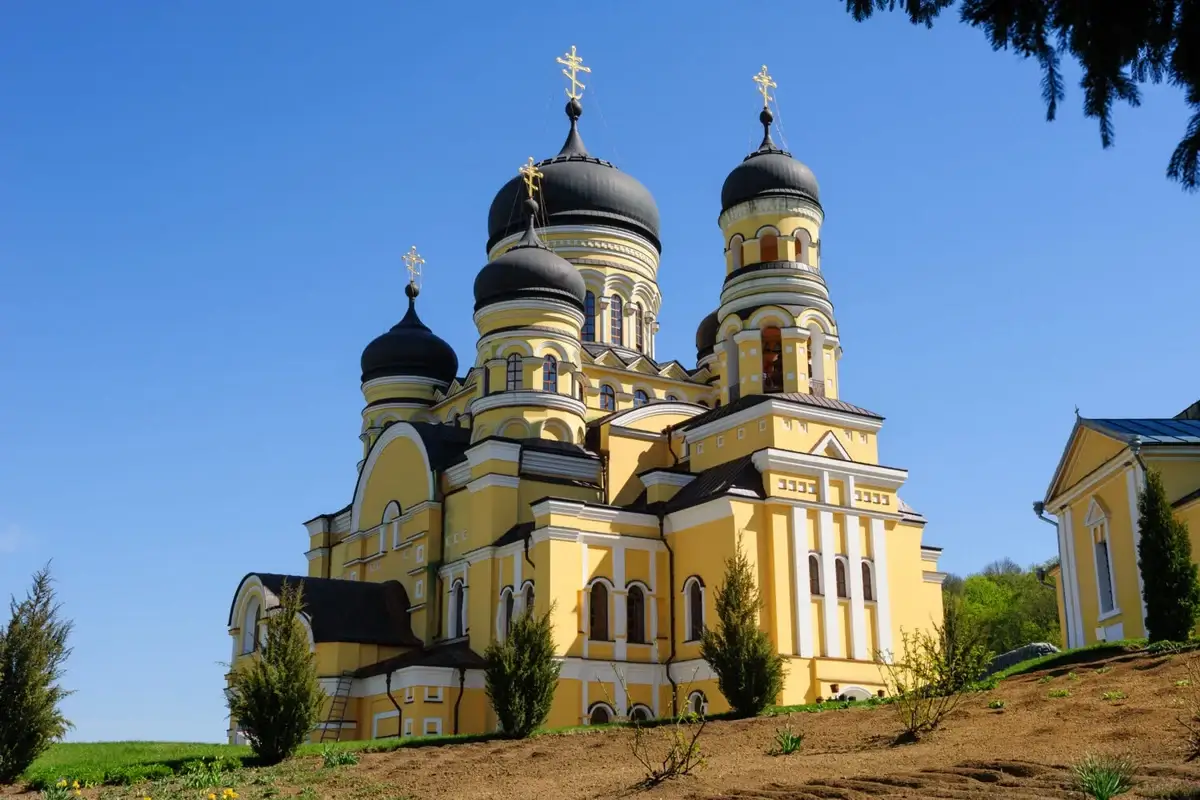
Image: visit-moldova.md
20. Moldova’s Role in World War II: Untold Stories
During World War II, Moldova was a strategic battleground due to its location. Occupied by the Soviet Union in 1940, it was later invaded by Axis forces in 1941, leading to significant battles and hardship for the local population. The Jewish community, particularly, faced horrific atrocities.
In 1944, the Soviet Army recaptured Moldova, marking a pivotal moment in the region’s history. These events deeply influenced Moldova’s post-war reconstruction and political landscape, leaving a lasting impact on its society.
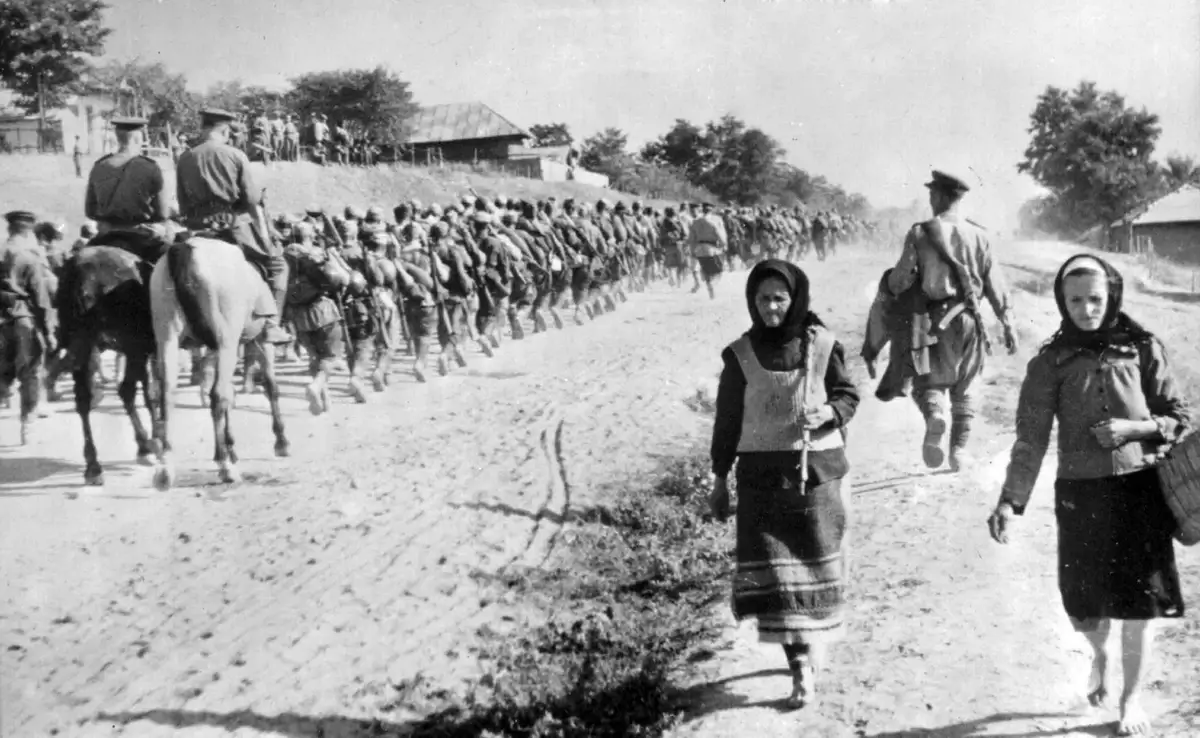
Image: albumwar2.com
21. The Iconic Moldovan Wine Festival
The Moldovan Wine Festival, held annually in October, celebrates the country’s rich winemaking tradition. This event, taking place in Chisinau, features wine tastings, tours of vineyards, and showcases of local wineries. It’s a reflection of Moldova’s historical connection to viticulture, dating back to the Dacian times.
The festival is not just a tourist attraction but a symbol of national pride, highlighting the quality and diversity of Moldovan wines.
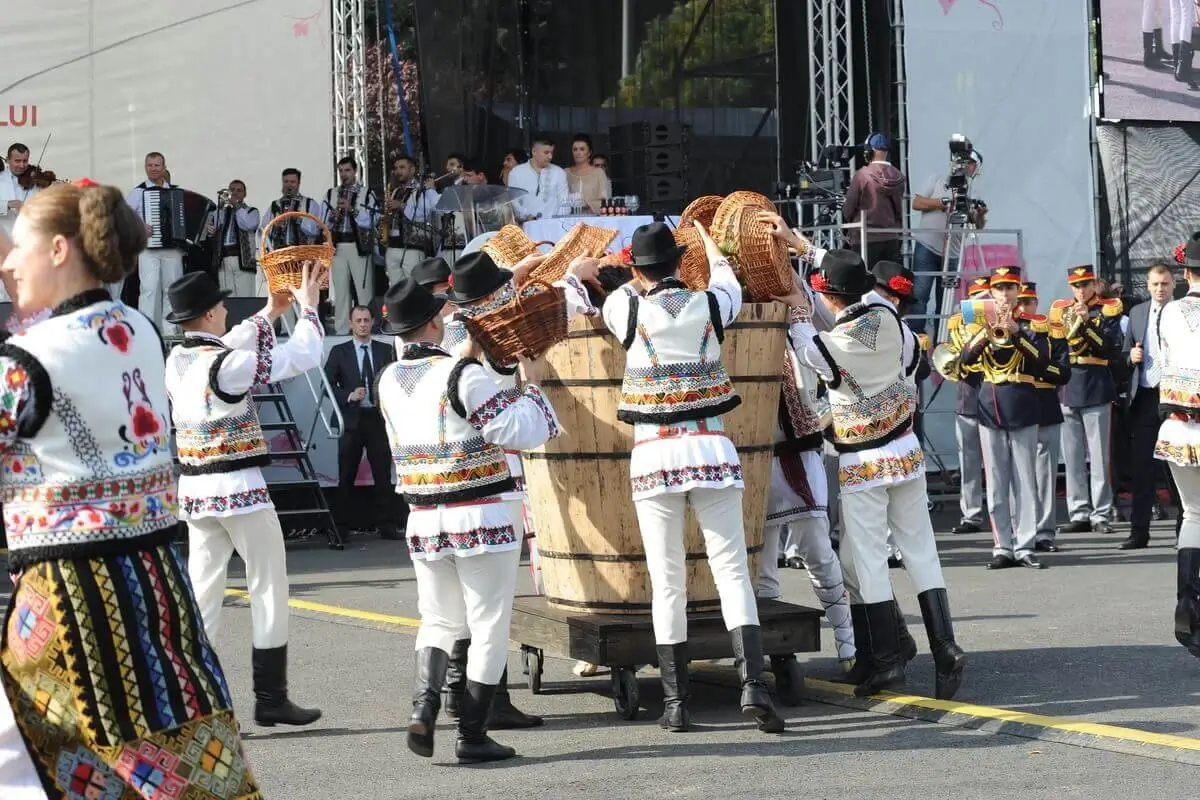
Image: Guided Tours
22. Moldova’s Chisinau: A Green City
Chisinau, known for its lush green spaces, is often referred to as a “green city”. The city boasts numerous parks and gardens, like the Stefan cel Mare Central Park and the Botanical Garden, offering natural oases amidst urban settings.
These green spaces are not just recreational areas but also reflect Chisinau’s commitment to environmental preservation and urban planning. The city’s green initiatives aim to enhance the quality of life for residents and preserve its natural beauty.
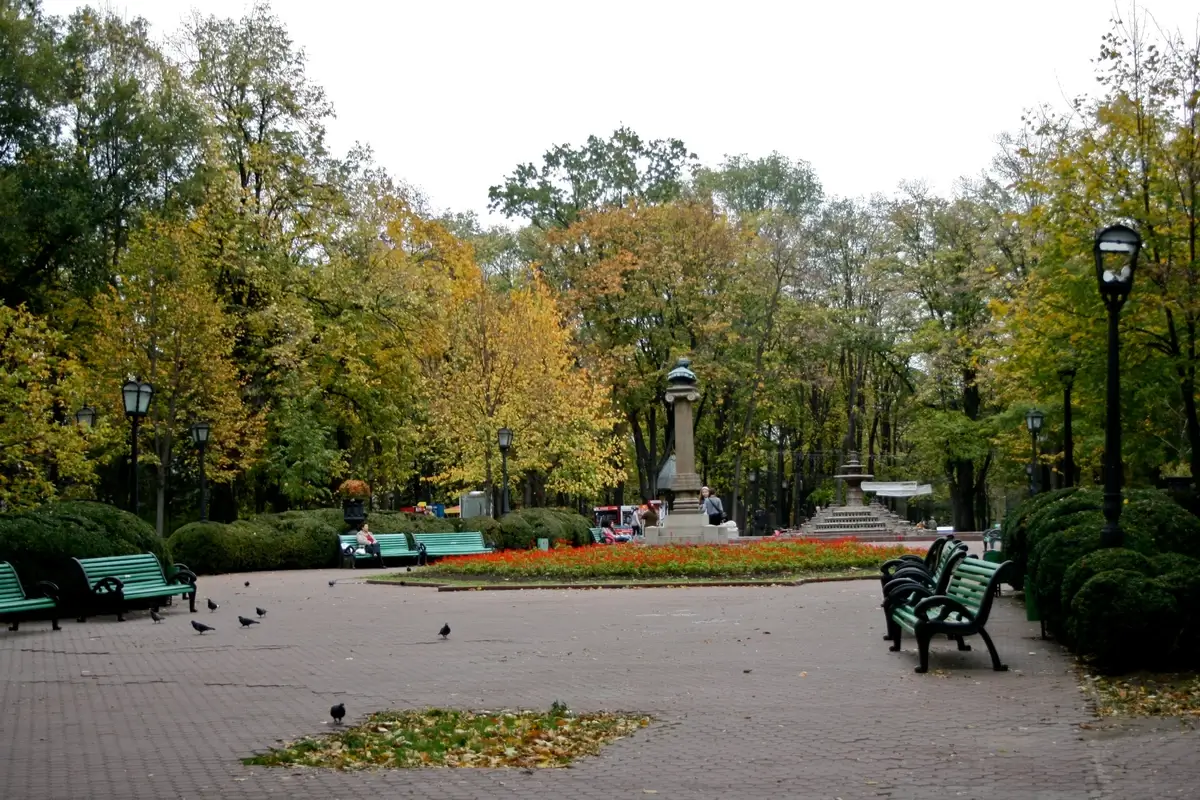
Image: heymoldova.com
23. The Mystery of Moldova’s Disappearing Rivers
Moldova faces environmental challenges, including the disappearance and pollution of its rivers. Factors like industrial waste, agricultural runoff, and inadequate waste management have impacted rivers like the Răut and Bîc.
Efforts are underway to address these issues, involving river clean-up campaigns and environmental awareness initiatives. These efforts highlight the importance of sustainable practices in preserving Moldova’s natural water resources.
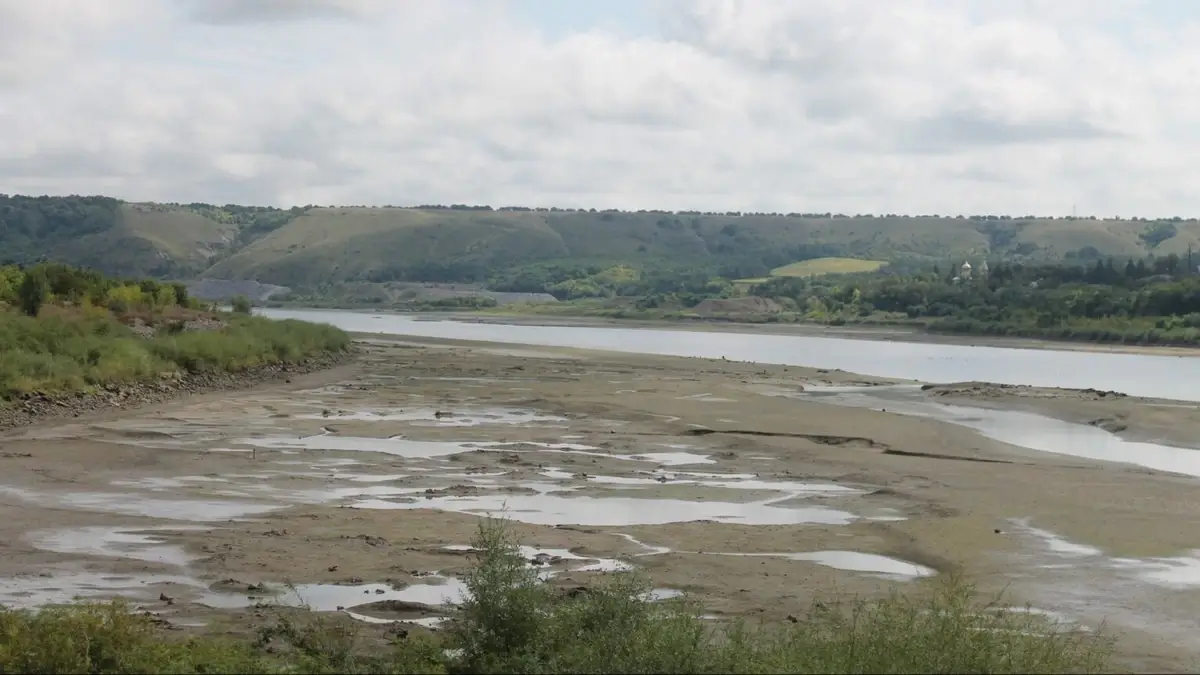
Image: realitatea.md
24. Moldova’s Education System: A Blend of Old and New
Moldova’s education system reflects a blend of traditional and modern approaches. Following the Soviet model, it emphasizes a strong foundation in science and mathematics. Recent reforms are integrating more contemporary educational methods, focusing on digital literacy and critical thinking.
The system comprises primary, secondary, and higher education, with increasing emphasis on multilingualism and international collaboration. These changes aim to align Moldova’s education with global standards while preserving its foundational strengths.
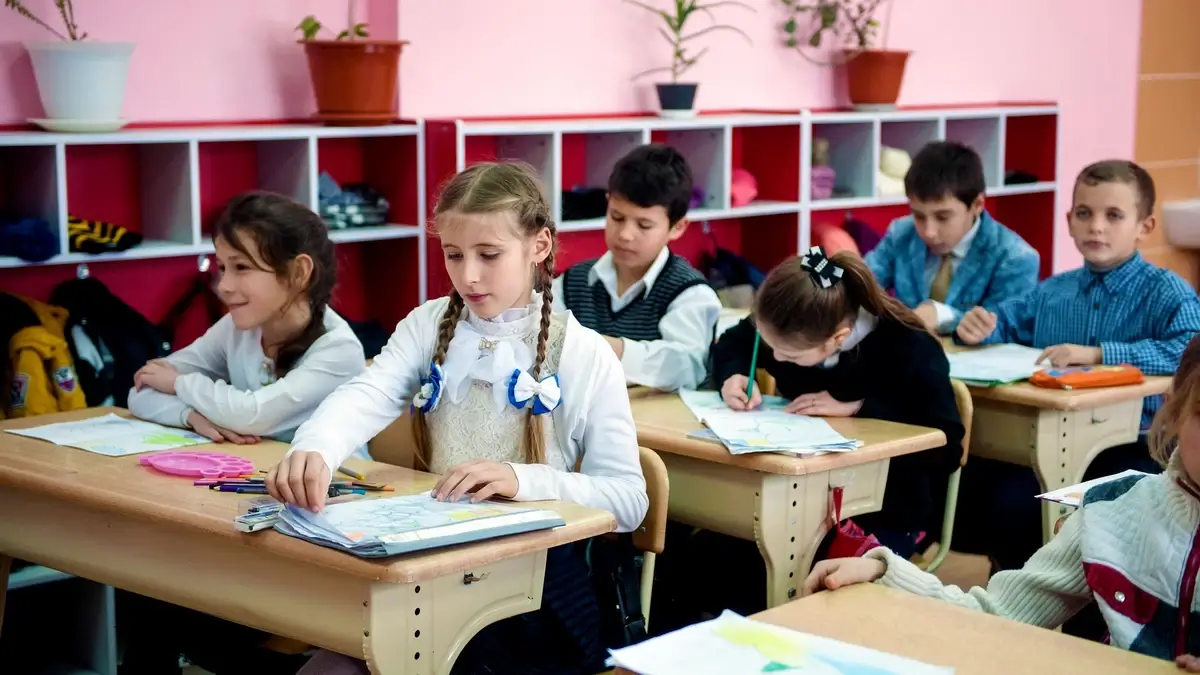
Image: EU for Moldova
25. The Traditional Moldovan Wedding: A Cultural Experience
Traditional Moldovan weddings are vibrant and rich in customs, often lasting for two days. They begin with the ‘negot’, a negotiation symbolizing the groom’s intent to marry, followed by rituals like the ‘stealing’ of the bride. Folk music, dance, and a feast featuring dishes like ‘sarmale’ (stuffed cabbage rolls) and ‘plăcintă’ (traditional pastry) are central to the celebration.
These weddings embody Moldova’s strong familial and community values, showcasing a blend of historical and modern practices that continue to thrive in Moldovan society.
26. Moldova’s Renowned Theatre Scene
Moldova has a rich theatre tradition, with a strong emphasis on drama and classical works. The National Theatre “Mihai Eminescu” in Chisinau, established in 1920, is a cornerstone of this artistic scene. Moldovan theatre is known for its innovative interpretations of both local and international plays, often reflecting the country’s social and political narratives.
This vibrant theatre culture is a testament to Moldova’s deep-rooted appreciation for the performing arts.
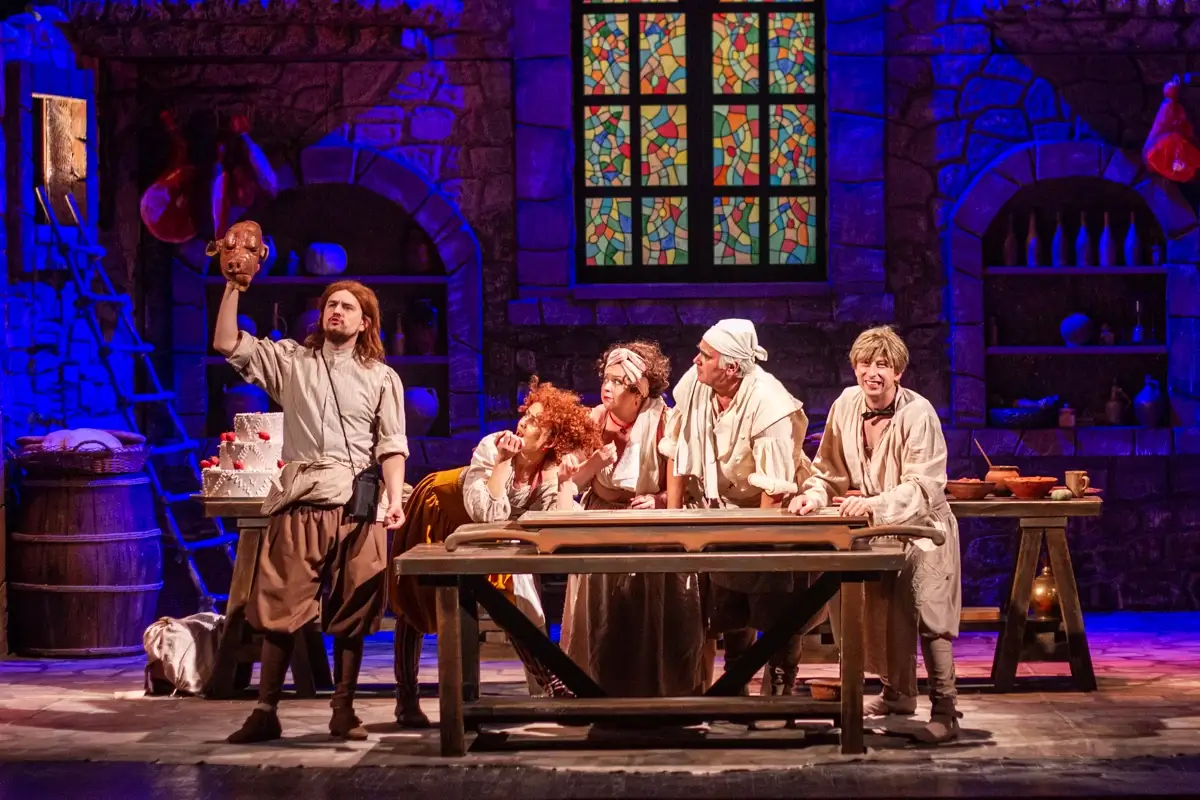
Image: youth.md
27. Moldova’s Contribution to World Literature
Moldova has made significant contributions to world literature, particularly through its poets and novelists. Writers like Ion Druță and Grigore Vieru have been instrumental in expressing Moldovan identity and history through their works. Their literature often explores themes of rural life, national identity, and the complexities of Moldovan society under Soviet rule.
These contributions have not only enriched the global literary landscape but also played a crucial role in preserving Moldovan culture and language.
28. Bendery: A City With A Turbulent Past
Bendery, a city with a complex history, has been a focal point of various conflicts. Established in the 16th century, it has seen Ottoman, Russian, and Moldovan rule. The city is most known for the Bendery Massacre in 1992, a tragic event during the Transnistria War.
Today, Bendery stands in the self-proclaimed Transnistria republic, its history a reflection of the region’s geopolitical struggles. Despite its tumultuous past, Bendery is evolving, preserving its rich history while moving towards a peaceful future.

Image: Wikimedia Commons
29. Moldova’s Innovative Technology Sector
Moldova’s technology sector, especially noted for software development, digital services, and cybersecurity, is growing rapidly. The Moldova IT Park, established in 2018, has been pivotal in this growth. By 2023, it hosted over 700 companies, signifying its role as a central hub for the industry. This growth is reflected in the sector’s revenue, which saw a 40% increase, amounting to around $195 million in 2020.
Moreover, Moldovan IT firms are significantly contributing to international projects, with exports making up about 90% of their sales. Moldova’s focus on technology education is also noteworthy, with its universities producing approximately 1,700 IT graduates each year, further bolstering the sector’s expansion and innovation.
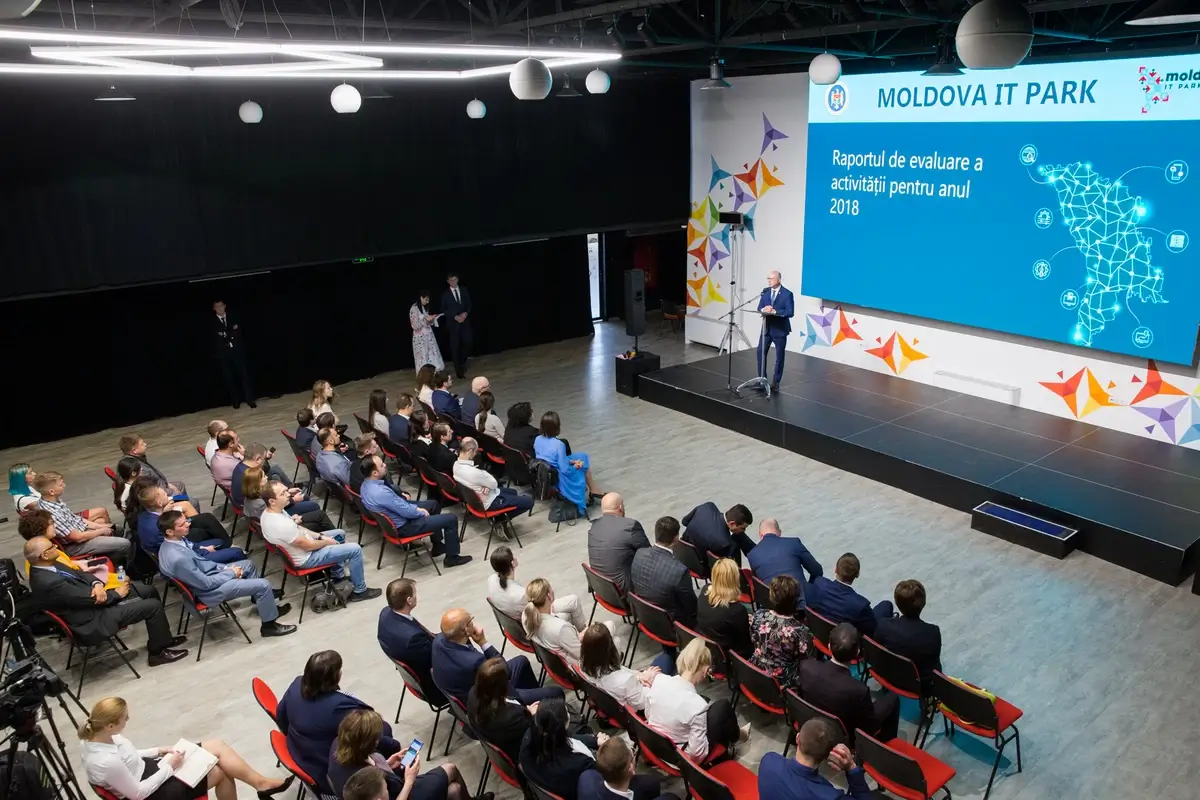
Image: tribuna.md
30. Moldovan Sports Achievements: Beyond Football
Moldova’s sporting landscape is diverse, with notable achievements in several disciplines. In wrestling, Nicolae Ceban has been a prominent figure, competing in multiple Olympic Games and securing medals in European Championships. In judo, Victor Sterpu made headlines by winning gold at the 2019 European Youth Olympic Festival. Additionally, track and field athlete Zalina Petrivskaya has gained recognition in hammer throw, securing a place in finals at European championships.
These specific accomplishments highlight the strengths and capabilities of Moldovan athletes on the international sports stage.

Nicolae Ceban – Moldovan wrestler who has competed in multiple Olympic Games and won medals in European Championships. Image: uww.org
FAQ
What is Moldova best known for?
Moldova is best known for its wine industry, boasting some of the largest wine cellars in the world. The country’s viticulture tradition dates back thousands of years, making it a significant part of its cultural heritage. Additionally, Moldova is recognized for its rich history, vibrant cultural traditions, and diverse landscapes, ranging from lush vineyards to historic monasteries.
How did Moldova get its name?
The name “Moldova” is derived from the Moldova River in Romania. The region was named after the river by Prince Dragoș, who, according to legend, hunted a wild ox across the river and established the first Moldovan settlement in the area. The name stuck and has been used since the 14th century.
What is important to know about Moldova?
It’s important to know that Moldova is a landlocked country in Eastern Europe with a rich cultural and historical heritage. It’s known for its winemaking traditions, diverse linguistic landscape, and as a crossroads of various cultures throughout history. Despite its small size, Moldova offers a unique blend of Romanian, Russian, and other cultural influences.
What is Moldova rich in?
Moldova is rich in cultural and historical heritage. It has a diverse agricultural sector, particularly noted for its vineyards and winemaking. The country also boasts a wealth of natural beauty, including forests, rivers, and wildlife, as well as a rich tapestry of traditional music, dance, and crafts.
What is the most famous thing from Moldova?
The most famous thing from Moldova is its wine. The country is renowned for its extensive vineyards and wine production, particularly its large wine cellars like Mileștii Mici and Cricova, which are among the largest in the world. Moldovan wines are celebrated for their quality and variety.
Is Moldova a crime rate?
Moldova, like any country, has issues with crime, but it does not have an exceptionally high crime rate compared to global standards. Petty crimes like pickpocketing and scams are the most common concerns, particularly in tourist areas and public transport. It’s always advisable for visitors to take standard precautions.
Is Moldova a rich or Poor Country?
Moldova is considered a lower-middle-income country. It faces economic challenges, including a small market size and reliance on agricultural exports. However, it has been working towards economic development and integration with European markets, which has shown some progress in improving the nation’s economy.
Are people friendly in Moldova?
Yes, people in Moldova are generally friendly and hospitable. The culture places a high value on hospitality and kindness, especially towards guests and foreigners. Visitors often find Moldovans welcoming and willing to share their culture and traditions.
What do Moldova speak?
The official language of Moldova is Romanian, spoken by the majority of the population. Russian is also widely used, especially in business and media. In addition to these, languages like Ukrainian, Gagauz, and Bulgarian are spoken by various ethnic communities within the country. Moldova’s linguistic landscape is thus quite diverse.


